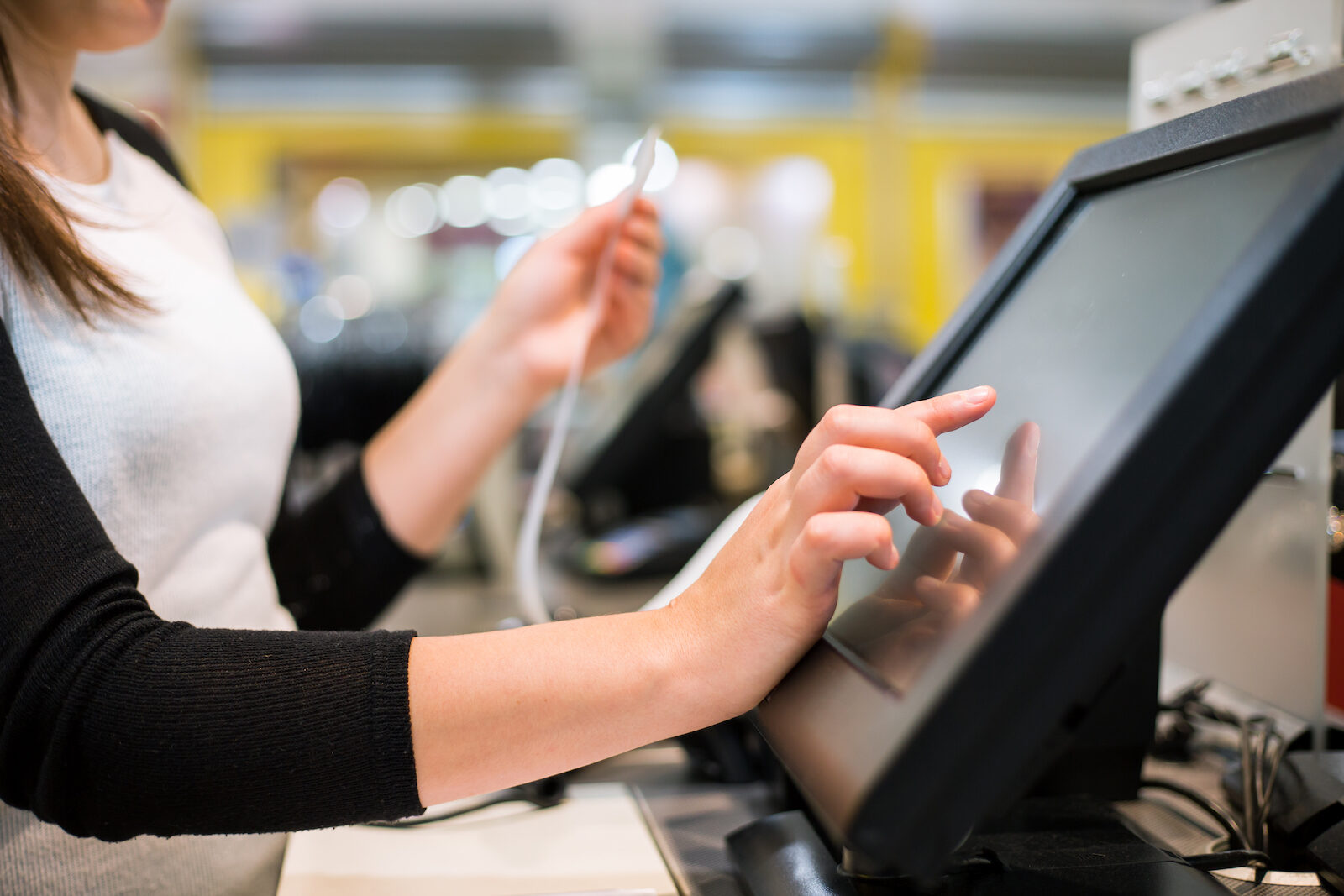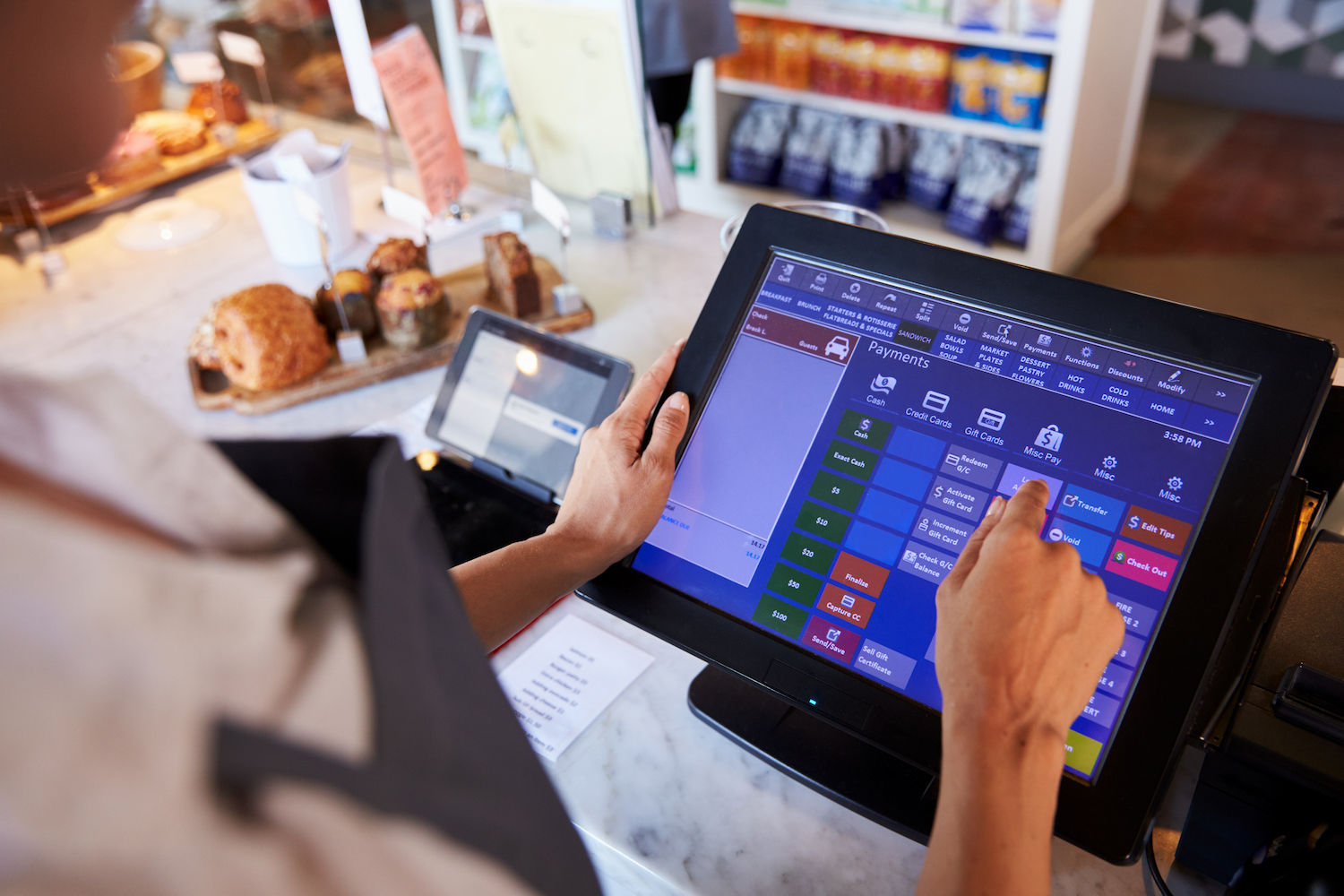Up and Down: Understanding the Connectivity Needs of Your POS
Have you noticed how pretty much everything is ‘in the cloud’ these days? We’re talking, of course, about cloud computing. Which, if you want to break things down even further, means running computer applications over the internet rather than directly on a device or on a local server.
Let’s put that in the context of POS. The first computerized checkout systems would run specially programmed point of sale software on their own processors and disk drives. You’d have to install the software on them, just like you would a video game or Microsoft Office or something on your home computer.
If you ran a big store with multiple checkout points, you’d maybe connect them all to a local server that had all the software installed on it.
Plenty of businesses still run POS this way. But it’s hard to look past the benefits of the cloud. By running software in some datacenter somewhere, you don’t need your own servers. It works out cheaper. You have a cloud provider take care of all the technical stuff for you, so software issues are no longer a big deal. If you want to add a new checkout or kiosk, you just plug it in – you don’t have to install or configure anything locally.
Overall, the cloud makes running POS software more affordable, more convenient, more flexible and more straightforward.
There’s just one big proviso. It all relies on an internet connection. If you want optimum performance from your POS, you need to take your connectivity seriously.
Upload and Download
First of all, allow us to quickly explain something about how the internet works. Most of the time we talk about ‘downloading’ from the internet, or pulling data from some distant server way off in the great digital unknown to use on our device. Even when we are streaming music or movies in our homes, we’re downloading – in as much as, we’re pulling down the data files for that content so we can watch or listen to it.
But internet connectivity is actually a two-way street. When we use cloud services, we upload data as well as download. This is more obvious in business use than in our private lives (although, if you use things like cloud storage for your cell phone camera – that’s an example of data getting uploaded from your device).
So with a POS system in a store or restaurant, whatever applications and tabs you have open on your terminal screens – that’s downloading. But whenever you need to save data, like processing a sale or updating inventory or adding a note to a customer record – that’s uploading.
Broadband services come with a download and an upload speed. These determine how quickly data travels to or from your devices. If you don’t have enough speed to handle all the processes you want to run, you start to get glitchy, laggy performance that annoys everyone. Including your customers.
Standard broadband services have higher download speeds than upload, because most internet traffic goes in that direction. It therefore makes sense to dedicate more bandwidth to downloads to keep everything running smoothly.
This works for running cloud-based POS software. The data you pull down for the various applications you run will amount to more than the data you upload to save. However, it’s not true for devices like card readers. They have to send transaction data to payment verifiers to gain authorisation, so to work quickly and efficiently, you really need upload and download speeds to more or less match.
This means businesses would be advised not to try to run their cloud POS over everyday consumer broadband. For smooth, efficient performance, you need dedicated business broadband that offers a more optimal balance of upload and download speeds.
Latest News

KEEP IN TOUCH
NEWSLETTER SIGN UP
| Products | Customer Portal | Contact | About Us |
1663 Fenton Business Park Court,
Fenton, MO 63026




